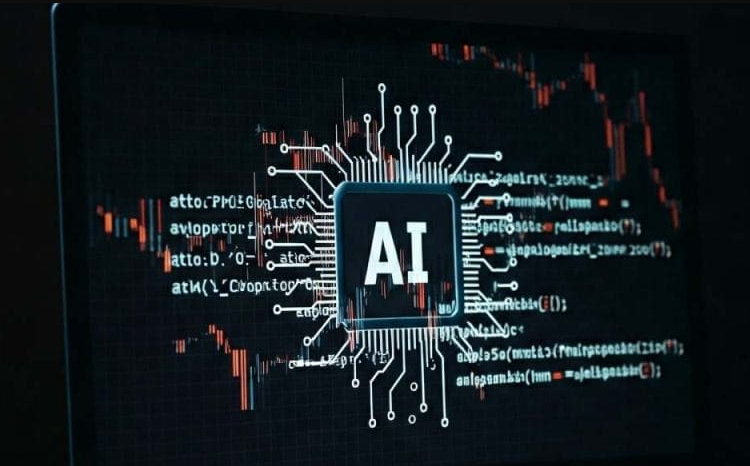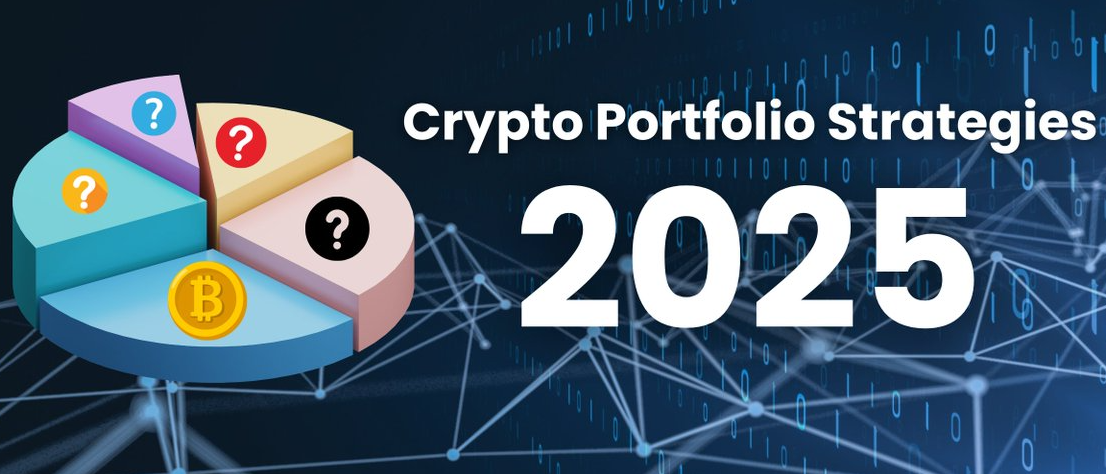A “rug pull” in the crypto world is a malicious maneuver where cryptocurrency developers abruptly abandon a project and disappear with investors’ funds, leaving the invested token or NFT worthless. The term comes from the idiom “pulling the rug out from under someone’s feet,” implying a sudden and unexpected betrayal.
These scams have become increasingly prevalent, especially within the decentralized finance (DeFi) and NFT spaces, where new projects can be launched with relative ease and anonymity.
Avoid Losing Money: Top Warning Signs of Crypto Rug Pulls in 2025

Here’s a detailed breakdown of how rug pulls work and how to spot their red flags:
How a Rug Pull Works
- Project Creation and Hype: Scammers create a new cryptocurrency token, often with vague promises of groundbreaking technology or unrealistic returns. They heavily promote it across social media (Twitter, Telegram, Discord), leverage influencers, and create a sense of FOMO (Fear Of Missing Out) to attract investors.
- Listing on a DEX: The token is typically listed on a decentralized exchange (DEX) like Uniswap or PancakeSwap, usually paired with a popular cryptocurrency like Ethereum (ETH) or Binance Coin (BNB).
- Liquidity Build-Up: As investors buy the new token, they contribute to the liquidity pool. This increases the token’s market value and makes it appear legitimate.
- The Pull: Once a significant amount of funds is accumulated in the liquidity pool, the developers execute the rug pull. This can happen in several ways:
- Liquidity Stealing (Hard Rug Pull): The developers withdraw all the paired cryptocurrency (ETH, BNB) from the liquidity pool, effectively draining it. This makes it impossible for investors to sell their tokens, rendering them worthless. This is a “hard” rug pull as it often involves malicious code written into the smart contract that allows the developers to drain funds.
- Token Dumping (Soft Rug Pull/Pump-and-Dump): The developers, who often hold a large portion of the token supply, rapidly sell off their holdings. This floods the market, causing the token’s price to plummet to near zero. While unethical, this is considered a “soft” rug pull as it doesn’t necessarily involve malicious code, but rather market manipulation.
- Limiting Sell Orders: In some cases, developers code the smart contract to allow investors to buy the token but prevent or severely limit them from selling it. Once enough funds are accumulated, they dump their own tokens, leaving investors trapped with unsellable assets.
Key Red Flags to Spot a Rug Pull
Being vigilant and conducting thorough research are your best defenses against rug pulls. Look out for these warning signs:
- Anonymous or Unverified Team:
- Red Flag: The project team operates under pseudonyms, or their identities cannot be independently verified. There’s little to no public information about their past projects or professional experience.
- Why it’s a red flag: Reputable crypto projects usually have transparent teams with verifiable backgrounds. Anonymity makes it easy for scammers to disappear without accountability.
- No Audit or Poorly Audited Code:
- Red Flag: The project’s smart contract code has not been audited by a reputable third-party security firm, or the audit report is vague, incomplete, or from an unknown auditor.
- Why it’s a red flag: A legitimate project will undergo rigorous security audits to identify vulnerabilities and ensure the code is safe. The absence of an audit or a suspicious one suggests hidden malicious code or a lack of commitment to security.
- Unrealistic Promises and High Returns:
- Red Flag: The project guarantees exorbitant and unsustainable returns (e.g., 200% APY or more) in a short period with little to no risk. They use “get-rich-quick” rhetoric.
- Why it’s a red flag: The crypto market is inherently volatile. Any project promising guaranteed, unrealistic profits is almost certainly a scam.
- Low or Unlocked Liquidity:
- Red Flag: The project has minimal liquidity, or the liquidity provided to the decentralized exchange (DEX) is not locked for a specific period.
- Why it’s a red flag: Liquidity locks prevent developers from immediately withdrawing funds from the pool. If liquidity is not locked, or only a small percentage is, the developers can easily drain the pool. Tools like Unicrypt or Team Finance can help verify liquidity locks.
- Aggressive and Overhyped Marketing with No Substance:
- Red Flag: The project relies heavily on aggressive marketing, paid celebrity endorsements, excessive social media hype (especially from new or bot-like accounts), and creates a strong sense of FOMO, without a clear use case or innovative technology.
- Why it’s a red flag: Legitimate projects gain traction through their utility and technology, not just aggressive shilling. Scammers use hype to attract as many investors as possible before pulling the rug.
- Unclear or Absent Whitepaper/Roadmap:
- Red Flag: The project lacks a detailed whitepaper outlining its technology, goals, tokenomics, and long-term vision. If a whitepaper exists, it’s vague, poorly written, copied from other projects, or makes unsubstantiated claims.
- Why it’s a red flag: A solid whitepaper and a clear roadmap are fundamental for any credible crypto project, demonstrating a well-thought-out plan and future development.
- Unusual Tokenomics or Centralized Token Distribution:
- Red Flag: A small number of wallets (often developer wallets) hold a very large percentage of the token supply, or the token’s inflation rate is unusually high.
- Why it’s a red flag: Highly centralized token distribution means a few individuals can manipulate the price by dumping their holdings, leading to a crash. Tools like Etherscan (for Ethereum tokens) or BSCScan (for Binance Smart Chain tokens) can help analyze token distribution.
- Inability to Sell (or restricted selling):
- Red Flag: You might be able to buy the token easily, but encounter issues or restrictions when trying to sell it, especially for new projects.
- Why it’s a red flag: This is a direct sign of a malicious smart contract designed to trap investors’ funds. Try selling a small amount immediately after buying to test this.
- Sudden Price Spikes with No Fundamental Reason:
- Red Flag: The token’s value skyrockets rapidly without any significant news, development milestones, or clear fundamentals.
- Why it’s a red flag: This often indicates a pump-and-dump scheme where the price is artificially inflated by insiders before they sell off their holdings.
How to Protect Yourself:
- Do Your Own Research (DYOR): Never invest based solely on hype or unsolicited advice. Deep dive into the project’s whitepaper, team, technology, community, and audit reports.
- Start Small: If you decide to invest in a new project, start with a small amount you can afford to lose.
- Check Liquidity Locks: Verify if and for how long the liquidity is locked.
- Monitor Community Sentiment: A healthy project has an active and engaged community. Be wary of projects with censored discussions, mass muting, or a lack of genuine interaction.
- Use Trusted Platforms: Stick to reputable exchanges and platforms that have security checks in place.
- Diversify: Don’t put all your investments into a single new or speculative project.
- Be Skeptical of Guarantees: If it sounds too good to be true, it almost always is.
By understanding these red flags and practicing due diligence, you can significantly reduce your risk of falling victim to a crypto rug pull.
Conclusion
In conclusion, while the allure of quick gains in the crypto space can be tempting, the prevalence of rug pulls necessitates extreme caution and diligent research. These scams, ranging from outright liquidity drains to manipulative pump-and-dump schemes, thrive on anonymity, hype, and investors’ lack of due diligence. By actively looking for critical red flags—such as anonymous teams, unaudited code, unrealistic promises, unlocked liquidity, and aggressive marketing without substance—investors can significantly mitigate their risk. Ultimately, a skeptical mindset, thorough independent research, and a commitment to understanding the underlying mechanics of a project are the strongest defenses against becoming another victim of a crypto rug pull.
Ready to start your cryptocurrency journey?
If you’re interested in exploring the world of crypto trading, here are some trusted platforms where you can create an account:
🔹 Binance – A global leader in cryptocurrency trading.
🔹 Bybit – A user-friendly platform for both beginners and advanced traders.
These platforms offer innovative features and a secure environment for trading and learning about cryptocurrencies. Join today and start exploring the opportunities in this exciting space!
🚀 Want to stay updated with the latest insights and discussions on cryptocurrency?
Join our crypto community for news, discussions, and market updates: OCBCryptoHub on Telegram.
📩 For collaborations and inquiries: datnk710@gmail.com
Disclaimer: Always do your own research (DYOR) and ensure you understand the risks before making any financial decisions.




